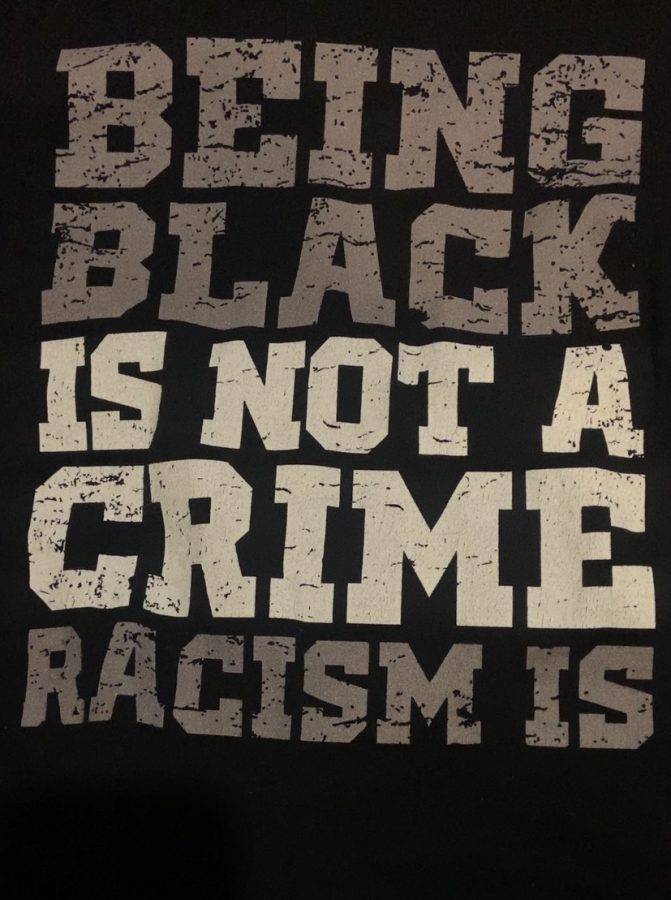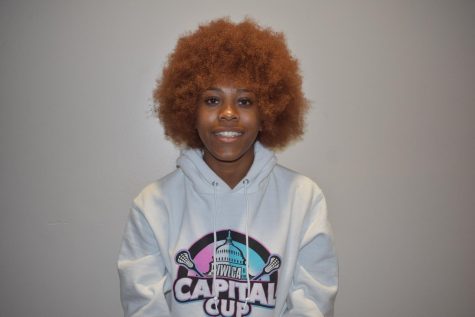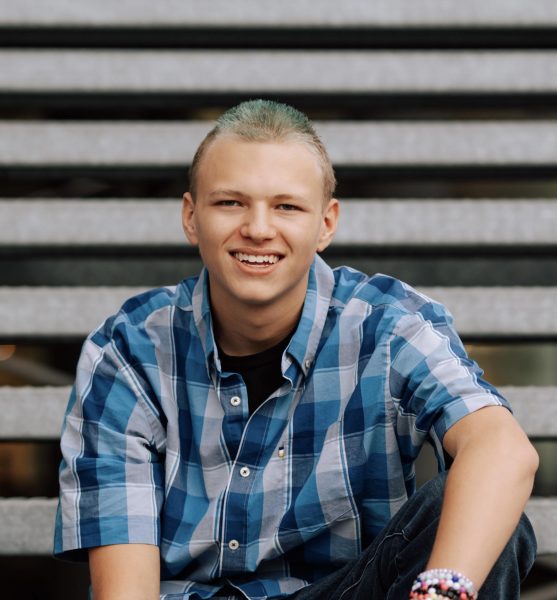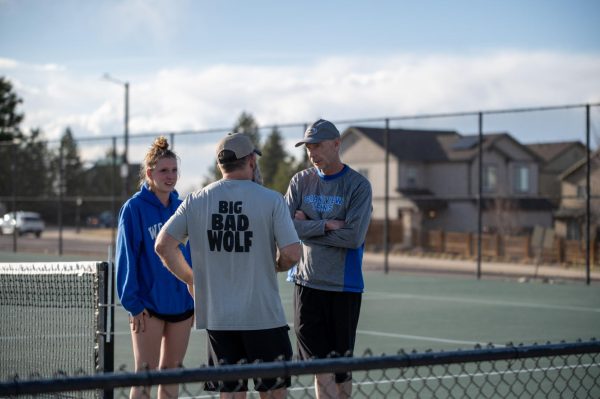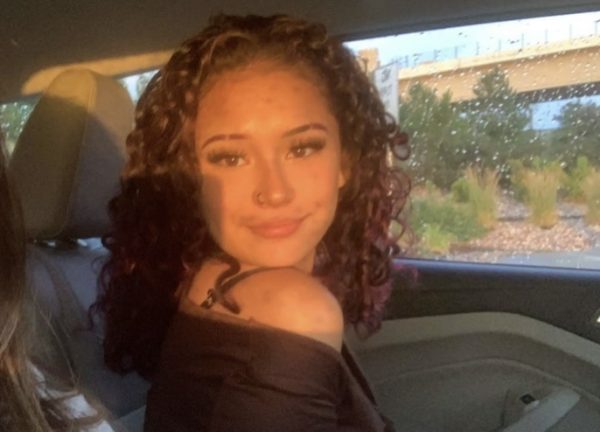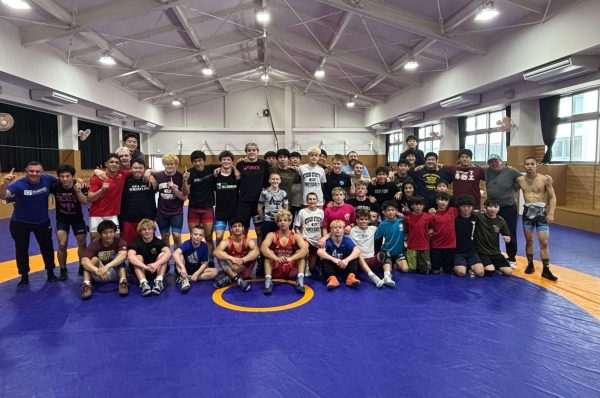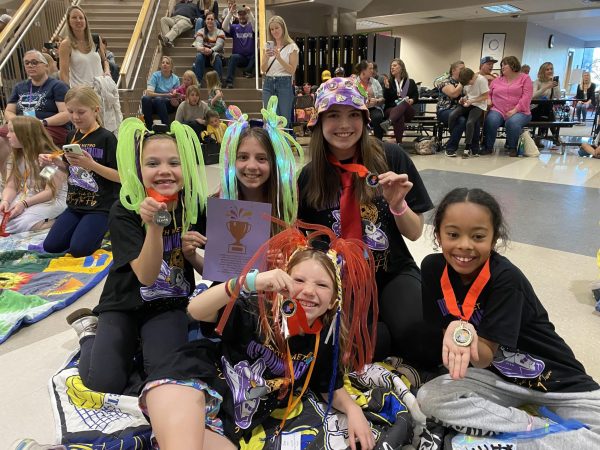Fighting For U.N.I.T.Y.
Photo Courtesy of: Jada Cousin
“Our fight against racism begins with simple awareness,” said sophomore Milani Cook.
I interviewed three black women about the struggles and hardships they face during school or their everyday lives just for the sole purpose of them being African-American women.
Equality always seems to be preached but African-American women’s voices seem to get muffled. This is why it is important to inform and educate people on issues that seem to get overlooked or ignored.
Microaggressions
A statement, action, or incident regarded as an instance of indirect, subtle, or unintentional discrimination against members of a marginalized group such as racial or ethnic minority.
This form of discrimination has been a prominent issue over the years with indirect insults that are oftentimes unintentional, but still very hurtful. Microaggressions can vary from comments on hair, family life, intelligence, beauty, etc.
“I have been asked many times if my father was still in my life and if my family was still together,” said sophomore Ava Robinson. “Comments like these have made me feel uncomfortable.”
Usually, these “jokes” or comments will be very upsetting and uncomfortable for black women because it puts them in an awkward position. Although it may seem harmless, it is damaging to people who’re on the receiving end of the comment.
Colorism
Prejudice or discrimination against individuals with a dark skin tone, typically among people of the same ethnic or racial group.
Colorism is a very prominent issue in the African-American community. It first became an issue during slavery with slaves being determined where they should stay om the fields or in the house; typically, the lighter skin slaves would stay inside the house while darker-skinned ones would be on the fields. Since then, the perception of skin color has been a big topic due to people with lighter skin are now more desirable in mainstream media.
In schools today, colorism could be demonstrated with simple small jokes (Ex: microaggressions).
“Being colorist has been seen as a joke for years so when the victims try to speak out,” said sophomore Tyler Coleman. “Nothing seems to ever happen.”
Colorism could be in terms of the concept of microaggressions with people saying someone is so dark they can’t see them without light for example. While this seems to be a harmless joke, it is still colorism as well as it could be a form of a microaggression.
Misogyny
Dislike of, contempt for, or ingrained prejudice against women.
From the three girls that I interviewed they all mentioned how they felt prejudice towards them is different because of the fact that they are women.
“Going to a school like Grandview, black men are the trend here,” said Cook. “They’re part of the “in” group while black women still face these ideas of colorism and whatnot.”
As she states, it’s the differences in treatment when it comes to black females and males at the school are very apparent. It has been noticed by a lot that the black men seem to get put up on a high podium versus the black females.
Additionally, black women not only face their issues of misogyny but, they also face the stereotypes that come along with those issues.
“Being an African-American, my classmates hold me to the stereotype expecting me to speak like them or picking up their mannerisms and when I don’t,” said Coleman. “My white counterparts view me as uneducated and “ratchet and ghetto”.”
Both Cook and Robinson pointed out similar issues that they’ve noticed that racism is also pointed at their hair and how they hold themselves together. Which can ultimately contribute to the misogynistic tendencies that are at the school.
“People would not say that to stuff me if I was a man. It’s because I am a woman who doesn’t really fit society’s beauty standards,” said Robinson.
“Also, I feel like I wouldn’t have to work so hard to prove myself,” said Robinson.
Cook also points out that she feels her hair gets targeted a lot by her peers.
“I have very thick 4c hair, and I have definitely experienced racism with this. People often try to touch it and often try to compare me to a sheep (dehumanizing must I add),” said Cook.
For those who don’t know what 4c hair is, is when hair strands are tightly formed in ringlets; it is very common to see black women with that type of hair as well. In addition, it is very delicate as consistent care is needed for it to stay healthy and look presentable.
These various actions and occurrences cause African American women to get insecure or uncomfortable with both themselves and their peers. This occurring problem seems to be getting out of hand and it needs to be addressed soon enough.
Cultural Appropriation
The unacknowledged or inappropriate adoption of the customs, practices, ideas, etc. of one people or society by members of another and typically more dominant people or society.
It has been noticed recently that people have also been culturally appropriating black culture. It makes black women uncomfortable when they see such things happening.
“I don’t agree with cultural appropriation to any extent,” said Cook. “I think that white girls, Hispanic girls or Asian girls who wear box braids for example don’t understand the cultural aspect of it and they are just trying to be a part of the trend.”
Culture is not taught enough in schools and that could be one of the prominent problems with why cultural appropriation is such an issue. It is not just hair and people need to realize why hair is such a big part of the black community. It is used as one of the many ways to express ourselves, but when it is worn as some type of trend it defeats the purpose of our cultural background.
A Solution
With all of those issues, there can always be a solution. Even though racism won’t be able to be wiped out completely, there are always ways to decrease these instances, especially within the school environment.
“The only way for the school to become more inclusive is by looking at things such as the dress codes that target how POC tend to dress,” said Coleman. ” Another way is to have open discussions respectively for students to hear each other out and change their ways.”
A school should be a safe place for all students and change needs to be made but before that change is made, black women need their voices to be heard. These issues could also be solved with people not staying silent when they see or hear these actions.
“The first step to getting rid of this aggressiveness and racism is to start talking about it and calling it out when we see it,” said Robinson.


